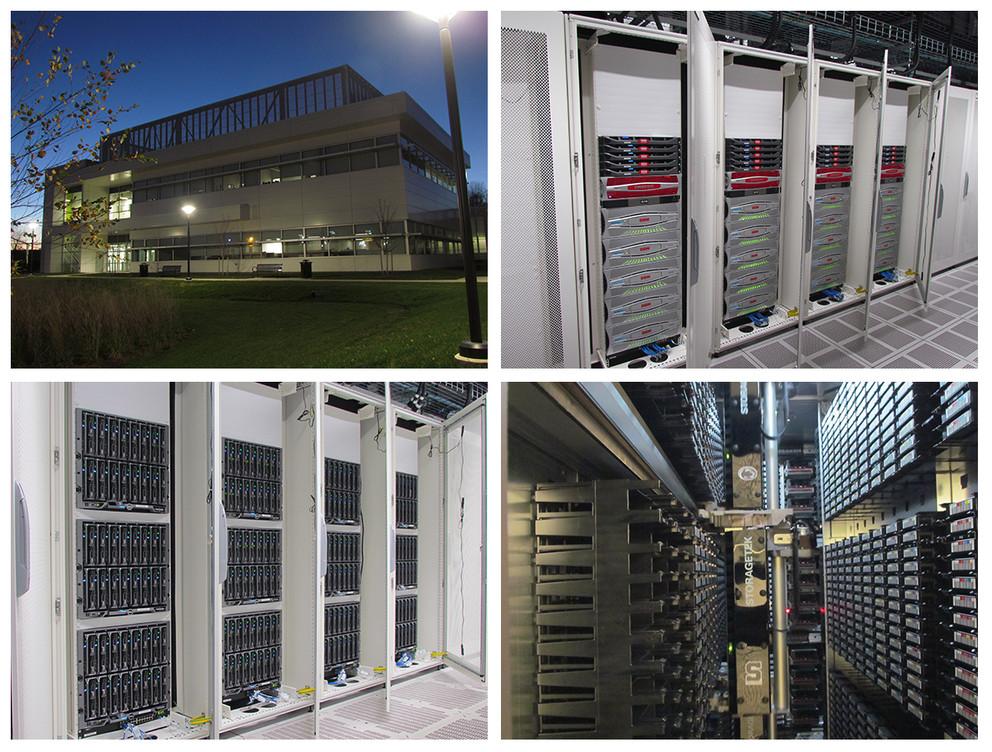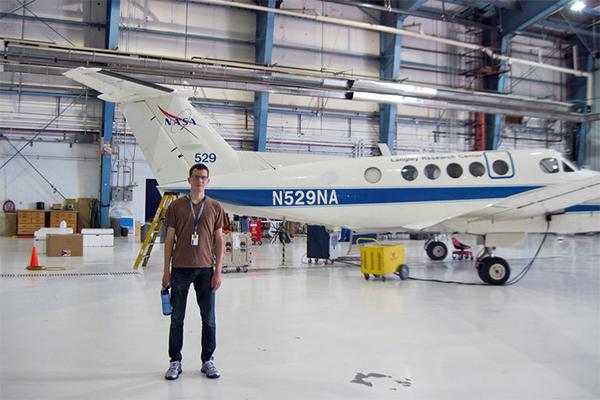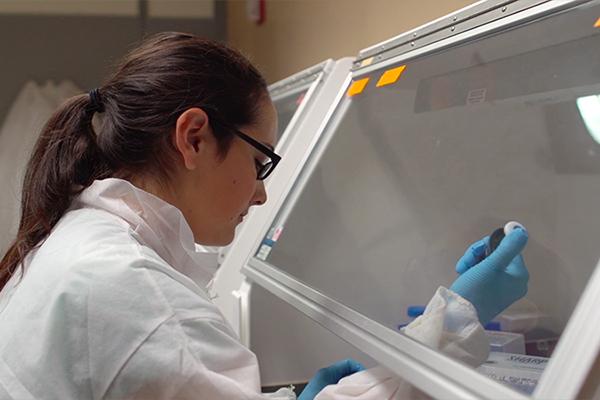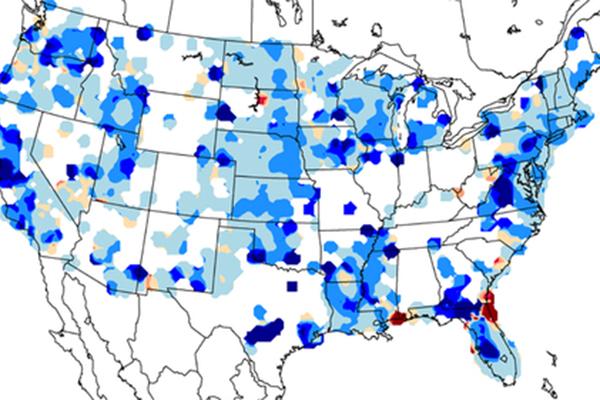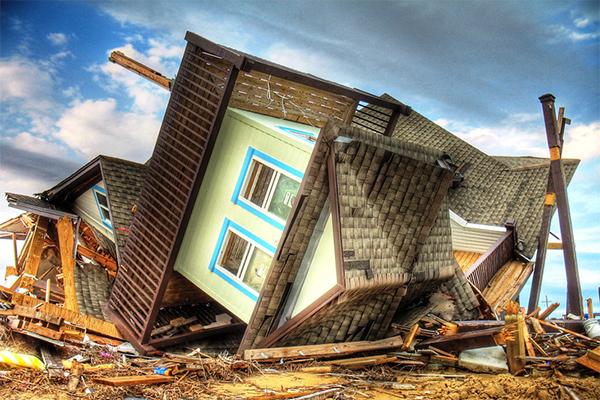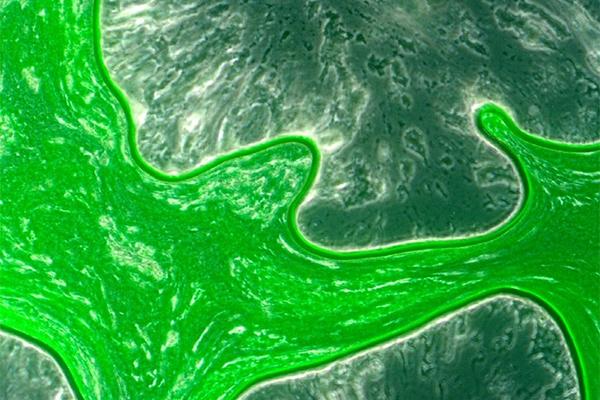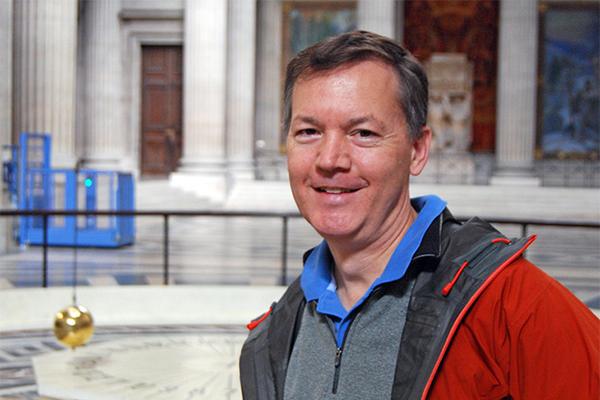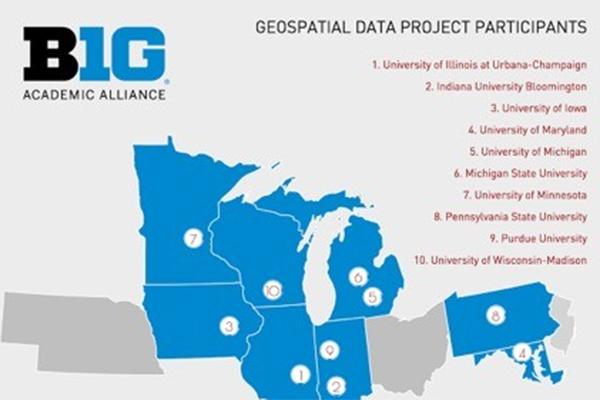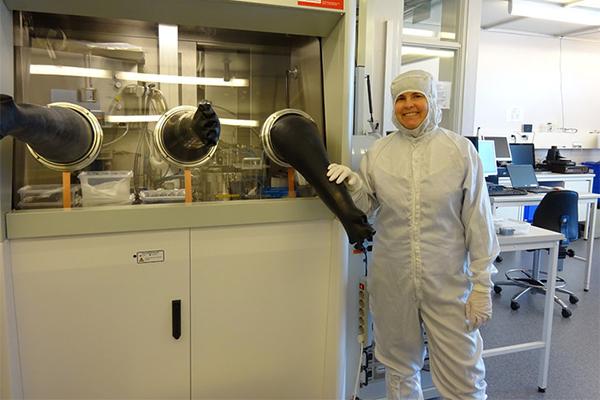Read the latest news about research conducted by investigators in the College of Earth and Mineral Sciences. Our faculty and students are continually advancing technology, creating solutions and expanding knowledge with new and innovative research.
News
The Penn State Cyber-Laboratory for Astronomy, Materials, and Physics (CyberLAMP) is acquiring a high-performance computer cluster that will facilitate interdisciplinary research and training in cyberscience and is funded by a grant from the National Science Foundation.
A novel air quality model will help air quality forecasters predict surface ozone levels up to 48-hours in advance and with fewer resources, according to a team of meteorologists.
WPSU Penn State’s “Women in Science Profiles” features five local women working in STEM-related professions. The series aims to inspire young women to enter STEM-related fields while dispelling misconceptions about STEM professionals and their lives.
Changes in climate can rapidly impact even the deepest freshwater aquifers according to Penn State and Columbia University hydrologists.
Strong updrafts — currents of rising air — in severe thunderstorms are a prerequisite for hail formation. The width of these updrafts may be an indicator of an increased hail threat, according to Penn State meteorologists.
Penn State geography student Travis Young is researching why low-income neighborhoods in Houston are the only ones in the area at high risk for flooding. His research interests stem from many factors in his personal and professional life.
A University-wide effort to promote the study of microbiomes at Penn State has led to the creation of a center for microbiome research, a fast-growing area of scientific inquiry. Microbiomes are the communities of microorganisms that live on or in people, plants, soil, oceans and the atmosphere.
Chris Forest, associate professor of climate dynamics at Penn State, was co-author of a National Academies of Sciences, Engineering and Medicine report recommending new methods for estimating the social cost of carbon emissions worldwide. According to the report, new practices would strengthen the scientific basis, provide greater transparency, and improve characterization of uncertainties over the current estimates.
The Big Ten Academic Alliance Geospatial Data Portal Project, of which Penn State University Libraries is a contributor, has launched an online spatial data discovery tool called the Big Ten Academic Alliance Geoportal. The project and geoportal aim to provide discoverability, facilitate access and connect scholars across the Big Ten Academic Alliance to often scattered geospatial data resources.
Joan Redwing, Penn State professor of materials science and engineering, chemical engineering, and electrical engineering, spent time at Lund University in Sweden as part of the Fulbright Scholar Program, through which she conducted research into semiconductor materials that could be used to power cell phones, laptops and other electronic devices in the future.



